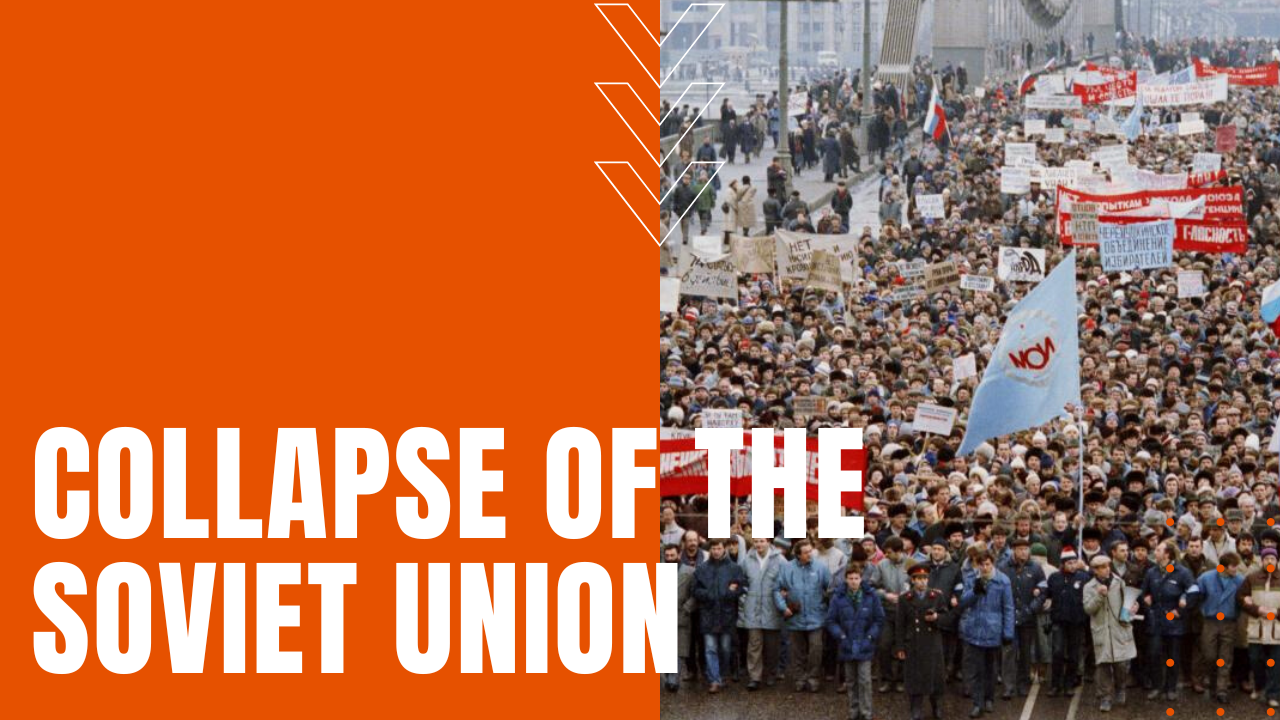Collapse of the Soviet Union

40 years into the Cold War Arms Race that pitted the Soviet Union against the West, in 1985, Communist politician Mikhail Gorbachev assumed leadership of a USSR mired in economic stagnation and political decline.
Perestroika
Armed with the knowledge that the ailing Soviet economy could no longer support previous levels of military defense spending, Gorbachev introduced two policy reforms intended to restore the USSR to economic and social viability.
His glasnost policy removed all traces of Stalinist-era repression, replacing the ever-present secret police with democratic-style freedoms for Soviet citizens, while perestroika ushered in new dawn of economic restructuring, shifting the nation from a “command economy” to a free market, capitalistic-style structure.
USSR Territories Secede
After President Ronald Reagan called the USSR the “Evil Empire,” Gorbachev further sought to improve relationships with the West, at the same time announcing troop withdrawals from Afghanistan, while reducing Soviet military presence in the Warsaw Pact nations of Eastern Europe.
When Gorbachev’s reforms failed to bring measurable change, by 1989, the 15 satellite republics that made up the USSR began to break away from the collapsing Soviet Union. Poland tipped first, followed by the November fall of the Berlin Wall.
That same month, Czechoslovakian citizens overthrew their nation’s Communist government in the “velvet revolution,” followed by firing squad executions of Romania’s Communist dictator, Nicolae Ceaucescu and his wife Elena.
One by one, the Baltic states declared their independence from Moscow. During an attempted August 18th, 1991 Coup d’état, Russian government and military leaders placed Gorbachev under house arrest. When tanks rolled onto Moscow streets in an attempt to seize control, they were met by human chains of citizens who attempted to protect the Russian Parliament from a military takeover, including Parliamentary Chairman Boris Yeltsin, who courageously stood atop a tank to rally the surrounding crowds.
When Did the USSR Collapse?
The attempted coup fizzled out three days later, leading to the fall of the Soviet Union on Christmas Day, 1991, when Gorbachev formally resigned as president. That night, the Russian flag was removed from the Kremlin for one last time, bringing the Soviet Union and the Cold War to an unceremonious end after 46 years of proxy wars, distrust and high anxiety.
